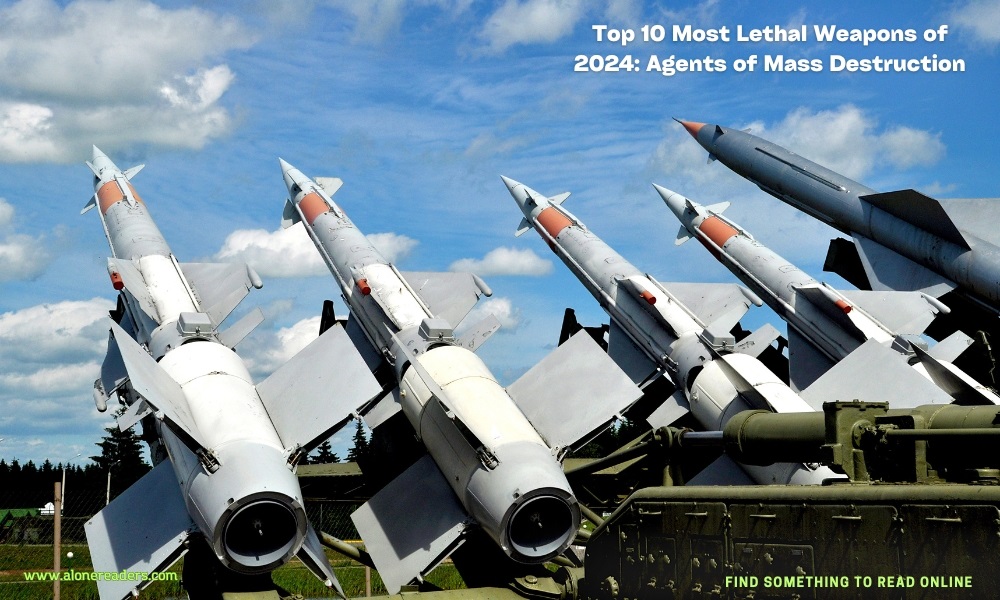
In 2024, the landscape of military technology continues to evolve, introducing new weapons that are more lethal and capable of causing unprecedented levels of destruction. This article delves into the 10 most deadly weapons that stand out in the current year, highlighting their capabilities and the potential threats they pose to global security.
Hypersonic missiles represent a significant advancement in missile technology, capable of traveling at speeds greater than Mach 5. These weapons can bypass traditional missile defense systems due to their incredible speed and maneuverability, making them nearly impossible to intercept. Countries like the United States, Russia, and China have been actively developing and testing hypersonic systems, signaling a major shift in strategic military balance.
Drone technology has progressed to the point where autonomous swarms can be deployed in military operations. These swarms consist of dozens, sometimes hundreds, of small drones that can coordinate attacks and overwhelm enemy defenses. They are used for a variety of purposes including surveillance, targeted attacks, and electronic warfare.
EMP weapons have the capability to disable all electronic equipment within a significant radius, effectively paralyzing military and civilian infrastructure. An EMP attack could lead to devastating consequences for any nation, disrupting everything from power grids to communication networks.
Despite international treaties prohibiting their use, the threat of chemical and biological weapons remains. These weapons can be dispersed silently and invisibly, causing widespread and long-lasting effects on populations and environments.
As technology advances, so do the methods of cyber warfare. In 2024, enhanced cyber weapons are capable of disrupting critical infrastructure, stealing classified information, and even controlling military hardware, making them a powerful tool for mass disruption.
Railguns utilize electromagnetic forces to launch projectiles at velocities exceeding those of traditional firearms. The kinetic energy of a railgun projectile can penetrate heavily armored targets and cause catastrophic damage without the need for explosive payloads.
DEWs, including lasers and high-powered microwaves, offer precision and the ability to silently disable targets at long distances. These weapons can be used to shoot down incoming missiles, disable vehicles, and even incapacitate personnel.
The ultimate weapon of mass destruction, nuclear weapons continue to pose a significant threat in 2024. Modern advancements in missile technology and warhead miniaturization have only increased the risk associated with these devastating arms.
AI integration in military systems allows for faster decision-making and increased accuracy in targeting. AI-driven weaponry raises ethical concerns due to its potential to autonomously decide to deploy lethal force in combat scenarios.
The militarization of space has led to the development of space-based weapons platforms that can target locations globally with precision strikes or deploy other weapons systems stationed in orbit.
Conclusion
The proliferation of these advanced weapons in 2024 demonstrates a critical point in technological evolution, where the capacity for mass destruction escalates to new heights. This development necessitates an increased focus on arms control and international cooperation to manage the risks associated with these powerful technologies. Understanding and mitigating the dangers posed by these weapons is essential for maintaining global security and preventing catastrophic conflicts.